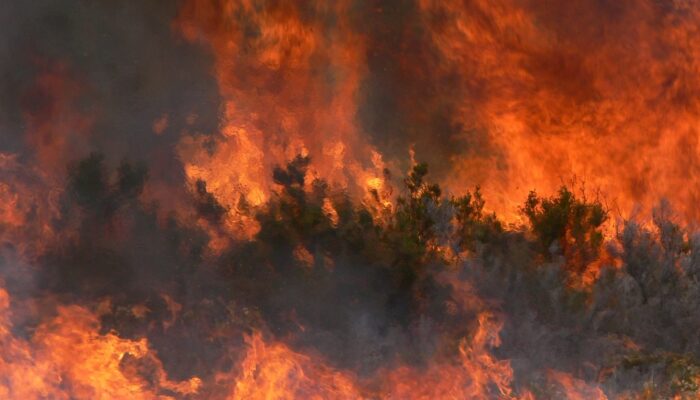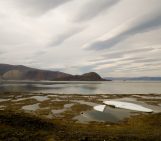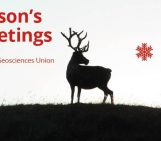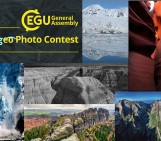
This week’s featured image may appear to be a painted landscape, but the picture is in fact a photo, taken ten years ago by Victoria Arcenegui, an associate professor at Miguel Hernández University in Spain, during a controlled forest fire in northern Portugal.
The blaze is actually hot enough to distort the image, making some of the flames appear as brush strokes, beautifully blurring together the colours of the fire, trees and smoke.
Intense heat such as this influences how light travels to both the human eye and a camera lens. As air warms it expands, while colder air becomes denser. As a result, light travels quicker through thinner warm air but is refracted more in denser cool air. So when there are shifting pockets of cold and hot air, the speed of light through air is constantly changing, creating a shimmering effect.
The prescribed fire in this photo is not only showcasing an interesting phenomenon, but is also providing an important service to the region’s ecosystem. For decades, forest fires were often considered detrimental to the environment, however, researchers say that small natural fires help strengthen ecosystems. For example, by burning old dead vegetation, these fires cycle nutrients back to the soil and clear space for new plants to grow. In addition, some plant rely on fires to spread or activate seeds. Historically, many wildlife management programmes prevented smaller fires from removing vegetation, subsequently creating overgrown forests, which are more susceptible to larger, more destructive fires.
Now, many researchers are studying the effectiveness of prescribed burning, where forests are periodically set on fire in a controlled setting to replicate the ecological impact of natural fires and reduce wildfire risk.
By Olivia Trani, EGU Communications Officer
References
Santín, C. and Doerr, S. H.: Fire effects on soils: the human dimension, Philosophical Transactions of the Royal Society B: Biological Sciences, 371(1696), 20150171, doi:10.1098/rstb.2015.0171, 2016.
Imaggeo is the EGU’s online open access geosciences image repository. All geoscientists (and others) can submit their photographs and videos to this repository and, since it is open access, these images can be used for free by scientists for their presentations or publications, by educators and the general public, and some images can even be used freely for commercial purposes. Photographers also retain full rights of use, as Imaggeo images are licensed and distributed by the EGU under a Creative Commons licence. Submit your photos at http://imaggeo.egu.eu/upload/.




